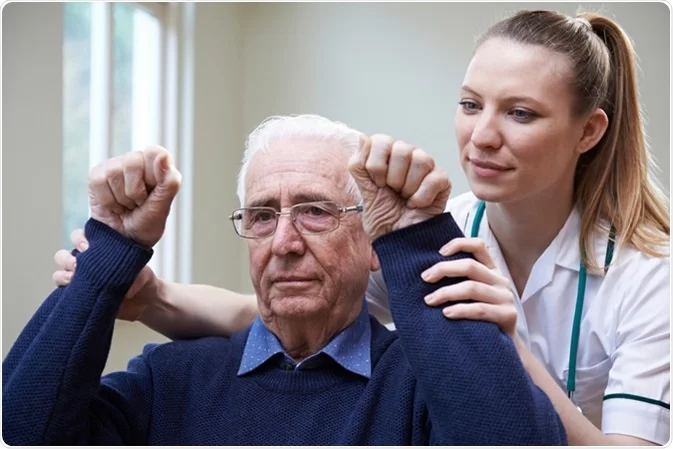Stroke-supportive therapy refers to a range of treatments, interventions, and strategies aimed at assisting individuals who have experienced a stroke in their recovery and rehabilitation process. A stroke, also known as a cerebrovascular accident, occurs when the blood supply to a part of the brain is disrupted, leading to damage to brain cells.
According to The Centers for Disease Control and Prevention every 40 seconds, someone in the United States has a stroke. Every 3 minutes and 14 seconds, someone dies of a stroke. Every year, more than 795,000 people in the United States have a stroke.
Supportive therapy is designed to address the physical, cognitive, emotional, and social challenges faced by stroke survivors. It focuses on optimizing function, promoting independence, and improving the overall quality of life for individuals affected by stroke. Here are some key components and benefits of stroke-supportive therapy:
- Physical Therapy: Physical therapy aims to restore and improve physical function, mobility, and balance. It includes exercises, stretching, and strength training to improve muscle control and coordination. Physical therapists may also use specialized techniques like constraint-induced movement therapy or robotics-assisted therapy.
- Occupational Therapy: Occupational therapy focuses on helping stroke survivors regain skills necessary for daily living activities such as eating, dressing, bathing, and grooming. Occupational therapists may provide adaptive devices and techniques to maximize independence.
- Speech and Language Therapy: Speech and language therapy, also known as speech therapy, addresses communication difficulties, including problems with speaking, understanding, reading, and writing. Therapists may use techniques to improve speech production, language comprehension, and swallowing abilities.
- Cognitive Rehabilitation: Cognitive rehabilitation targets cognitive impairments resulting from stroke, such as memory loss, attention deficits, and problem-solving difficulties. Rehabilitation programs may involve memory exercises, attention training, and strategies to improve cognitive functioning.
- Emotional and Psychological Support: Stroke survivors often experience emotional and psychological challenges such as depression, anxiety, and adjustment difficulties. Supportive therapy includes counseling, psychotherapy, and support groups to address these issues and enhance emotional well-being.
- Social Support and Community Reintegration: Stroke-supportive therapy helps individuals reintegrate into their communities and regain social roles. This may involve facilitating participation in leisure activities, connecting with support networks, and providing resources for community engagement.
- Medication and Medical Management: In addition to therapy, stroke survivors may require medications to manage underlying conditions, prevent future strokes, and address specific symptoms such as spasticity or pain. Regular medical follow-ups are important to monitor progress and adjust treatment as needed.
It’s worth noting that stroke-supportive therapy is typically provided by a multidisciplinary team of healthcare professionals, including physical therapists, occupational therapists, speech-language pathologists, psychologists, and physicians, among others. The specific therapy components and duration may vary based on the individual’s needs and the severity of the stroke.






